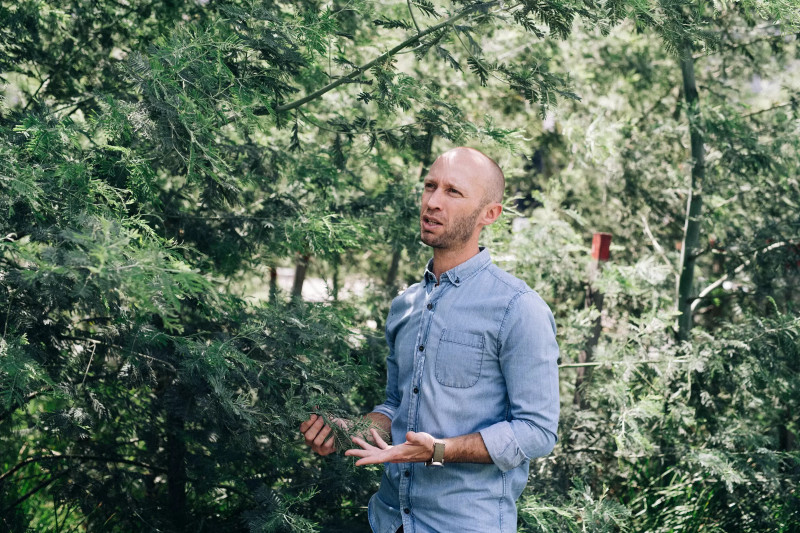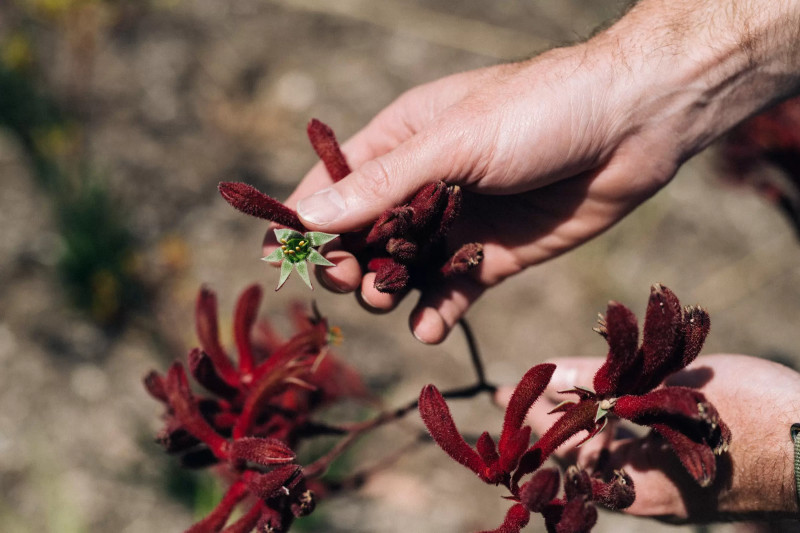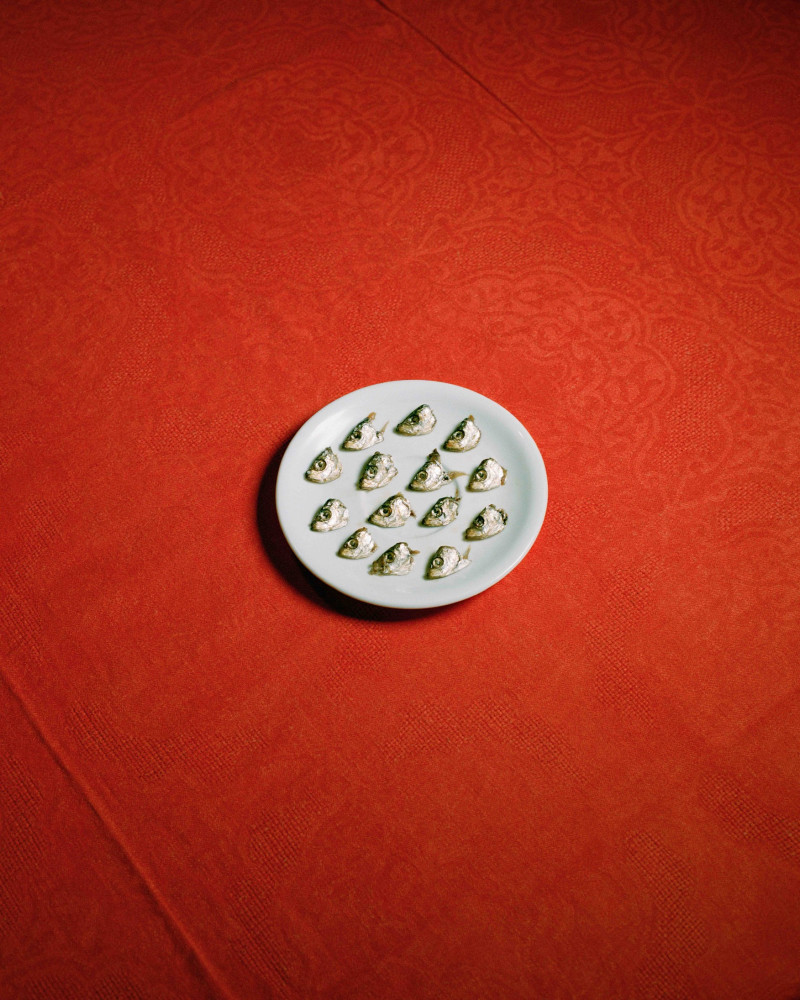Natives with MALA
Essay by (Ed Supreme)
Photography by Kate Ballis
It’s dawn on a summer morning and the scent of eucalyptus is carried by a lazy, warm breeze. Waist-high grasses gruffly tickle bare legs on your walk to Merri Creek in search of food. In the mood for a feast, you’re off to get your forage on. Fish, mussels and yabbies, duck eggs and nutritious yam daisy beckon, pulled straight from the banks of the crisp, clear burbling creek.

What parallel universe is this? Less than 200 hundred years ago, this was the state of Brunswick’s natural landscape. With colonisation, urbanisation and industrialisation, the natural habitat of what’s now Melbourne’s northern suburbs underwent rapid, extensive transformation.
In the 1830s, John Batman determined that the idyllic basalt plains north and west of Port Phillip Bay would be a jolly swell place to set up a community, and took for his purpose 240,000 hectares of land. While we generally know it as Fitzroy to Brunswick and beyond, the area is known as Merri Merri, ‘very rocky’ in Woi-wurrung, the language of the Wurundjeri people, the land’s original occupants.
Batman certainly wasn’t wrong about it being a nice place to live. Unfortunately, though, settlement and subsequent practices kick-started a steady decline in the land’s quality. Problem numero uno was that sheep and rabbits took a thorough liking to the native flora. As picky grazers, they wiped out their favourite small herbaceous plants, which didn’t stand a chance to regenerate underfoot. So, the settlers introduced crops and pasture to replace them, which soon out-competed many remaining indigenous plants.
The water quality of the Yarra’s tributaries was quickly degraded by the effects of market gardening and dairying on their banks, run-off from tanneries and abattoirs, and sullage from residential development. Over time, some introduced flora and weeds became invasive species and joined the aggressive takeover of the native land, also providing haven for invasive fauna like predatory cats and foxes. Blimey!
So, these days, while we head to the shops for our groceries and aim to avoid plastic, lessen our food waste and ride our bikes more, what can we do to help turn some of this damage around? Straight up, plant native species.
It’s not a novel concept. Since the 1970s, environmentalists and community groups have been advocating for Melbourne’s natural environment and open spaces. Only around 5% of the Victorian Volcanic Plain is covered by indigenous vegetation, but small tracts do survive, having been preserved by council and other initiatives, like the Wurundjeri Council and ‘Friends of’ groups.
Planted with natives, our own little patches can play an important role in revegetation while contributing to a healthy natural bionetwork. Many natives have beautiful scented wildflowers that attract native bees – who are essential contributors to our ecosystems – and offer habitat and food for other native animals, like skinks, butterflies, frogs, and nectar-eating birds. You can nosh on some natives too, or even make tea out of some leaves.

While some may associate natives with arid areas, there are species specific to every climate zone, having had a few hundred thousand years to adapt. Resilient and drought tolerant, natives require less maintenance and resources than introduced species, particularly in the heavy, poorly draining clay soils of the area. Natives reduce reliance on heavy watering, making them an obvious choice for the sustainability of our most precious resource. In fact, many native grasses are an excellent substitute for traditional lawns, which are incredibly thirsty.
Less maintenance doesn’t mean none, though, and understanding what pruning and mulching can do for your garden will pay dividends in creating lush and hardy plants. They don’t like chemicals, nor are much keen on pesticides and fungicides. Good news for the insects who are just there to their bit, and for you too, who can head to Bunnings for only a bit of native plant fertiliser with spare change for a sausage.
Gardening with natives easily extends beyond garden beds. Rooftops and balconies can be challenging settings, but hardy natives with shallow root systems will flourish. Canopy trees suit rooftop gardens, providing shade and minimising the effects of urban ‘heat islands’.
Natives also contribute to the natural character of the environment in more than aesthetic and ecological ways. The Merri Merri’s cultural history is inherently linked to the natural environment; the Wurundjeri peoples’ customs and stories reflect not only their previous dependence on the land, but their principles for its proper use. Learning about and planting natives fosters connectivity with the land’s heritage and communities.
This essay was informed by conversation with Cam Morris from MALA, who were responsible for the native plants selection for the rooftop garden at Breese Street, Brunswick (Completed 2020). MALA and Milieu have worked closely together on a number of projects.



